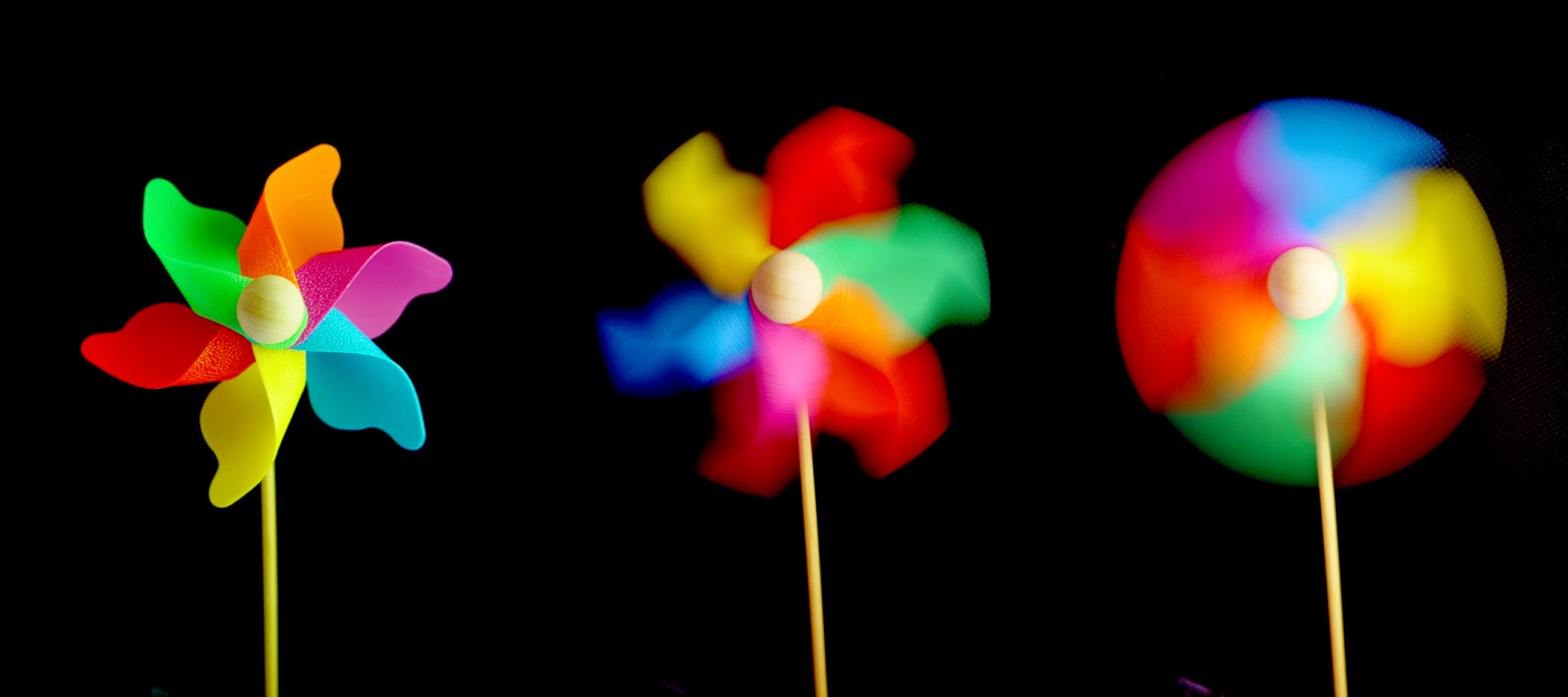ISO is the sensitivity level of your camera to available light. The lower the ISO number, the less sensitive it is to light, whilst a higher ISO number increases the sensitivity of the camera. The component within the camera which can change sensitivity is called the image sensor. It is the most important and expensive part of the camera, being responsible for gathering light and transforming it into an image. With increased sensitivity, the camera sensor can capture images in low-light environments without having to use flash. But higher sensitivity comes at an expense, adding noise and grain to the pictures.
Here are comparisons between different ISO settings, the difference is clear, the higher the ISO number, the more noise and grain, compared to a lower ISO setting.
Every camera has a base ISO, which is typically the lowest ISO number of the sensor that can produce the highest image quality, without adding noise and grain. On most modern cameras, the base ISO is typically 100-200. Ideally, the base ISO should always be stuck to, to attain the highest image quality, although this can be difficult, especially when working in low-light conditions. The increase in ISO numbers go in geometric progression (power of two), so the ISO sequence is 100, 200, 400, 800, 1600, 3200, 6400 etc. Each step between the numbers effectively doubles the sensitivity of the sensor.
ISO speed examples...
ISO 100 - 1 second.
ISO 200 - 1/2 of a second.
ISO 400 - 1/4 of a second.
ISO 800 - 1/8 of a second.
ISO 1600 - 1/16 of a second.
ISO 3200 - 1/32 of a second.
Aperture and depth of field:
Aperture is the opening of the lens. When you hit the shutter release button of your camera, a hole opens up that allows your cameras image sensor to catch a glimpse of the scene you're wanting to capture. The aperture that you set impacts the size of that hole. The larger the hole the more light gets in, and the smaller the hole, the less light.
Aperture is measured in 'f-stops'. They are shown in f/numbers e.g. f/2.8, f/4, f/5.6, f/8, f/22. Moving from one f-stop to the next doubles or halves the amount of light that gets in. Large apertures that let lots of light through are given smaller f/stop numbers, and smaller apertures where less light gets through have a larger f-stop number. So f/2.8 is larger than f/22.
The depth of field (DOF) is the amount of your shot that will be in focus. A large/extended depth of field means that most of the image will be in focus, whether it is close to your camera of far away. Small/shallow death of field means that only part of the image will be in focus and the rest will be fuzzy.
The first image (top) has a large depth of field as both the foreground and background are in focus, taken with an aperture of f/22. The second image (bottom) has a shallow depth of field, as only part of the image is in focus, this image was taken with a very shallow depth of field at f/4.5.
In most landscape photography, a small aperture will be used, to ensure that the foreground to the horizon is relatively in focus. Portrait photography usually has the main subject in focus with a blurry background to ensure that the subject is the main focal point and that other elements of the shot are not too distracting. In this case you would use a large aperture to ensure a shallow depth of field.
Shutter speed:
Here are examples of fast and slow shutter speeds. The first image (top) travels from left to right with a fast, mid and then slow shutter speed. The second image (bottom) has a slow shutter speed, this can be identified by the water current.







No comments:
Post a Comment